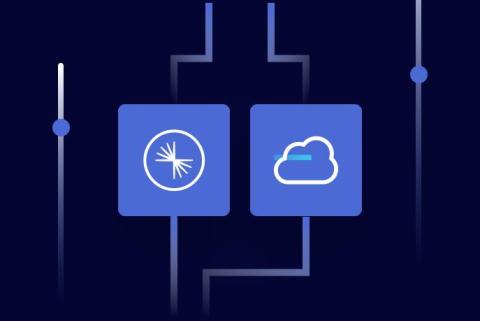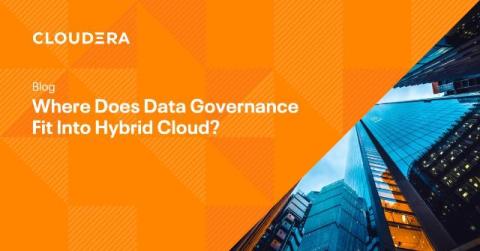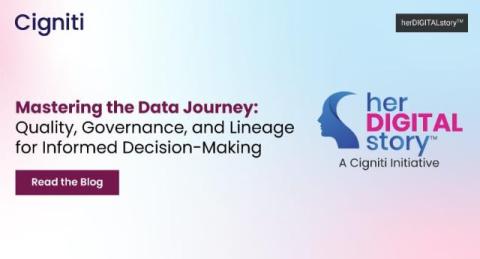How to Turn a REST API Into a Data Stream with Kafka and Flink
In the space of APIs for consuming up-to-date data (say, events or state available within an hour of occurring) many API paradigms exist. There are file- or object-based paradigms, e.g., S3 access. There’s database access, e.g., direct Snowflake access. Last, we have decoupled client-server APIs, e.g., REST APIs, gRPC, webhooks, and streaming APIs.








